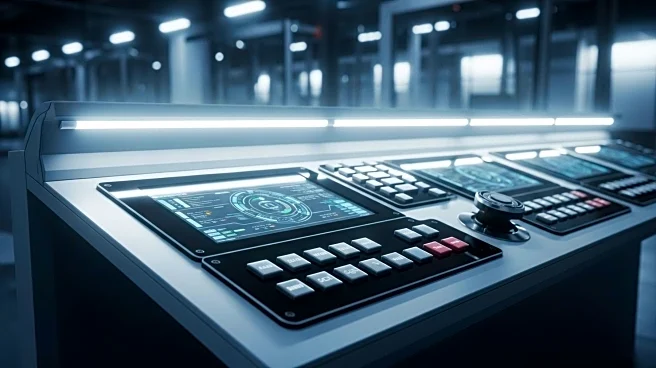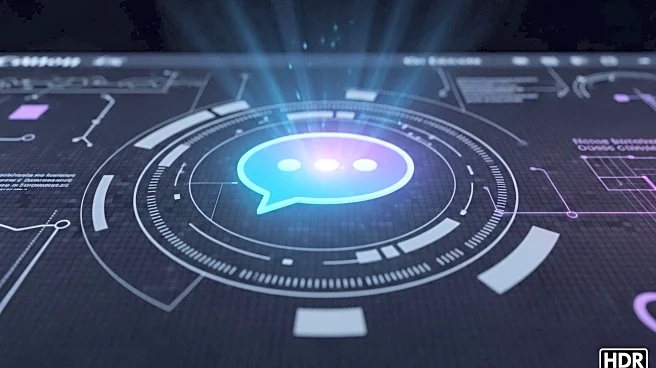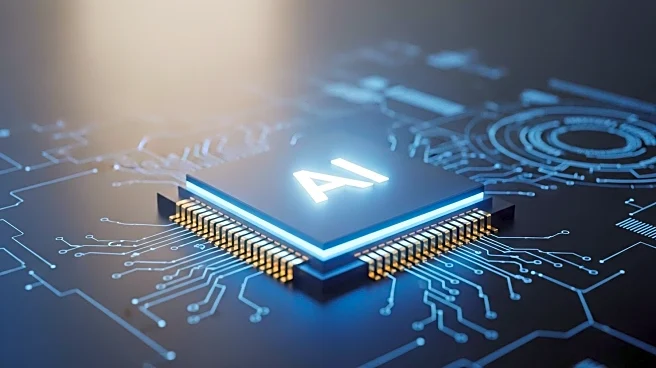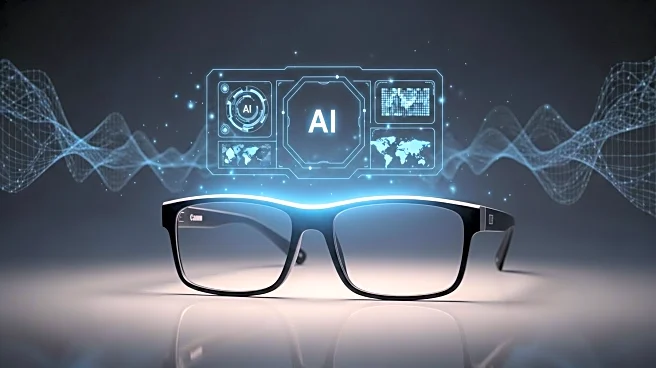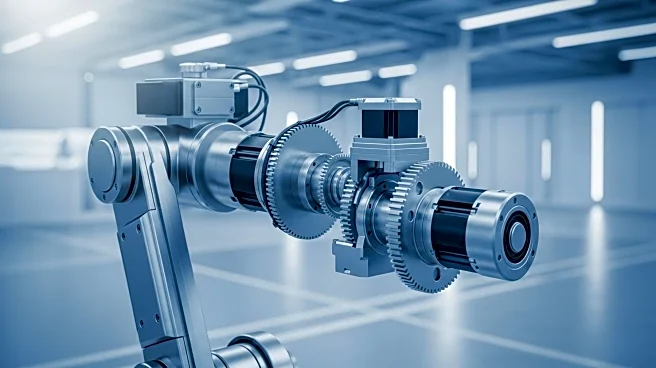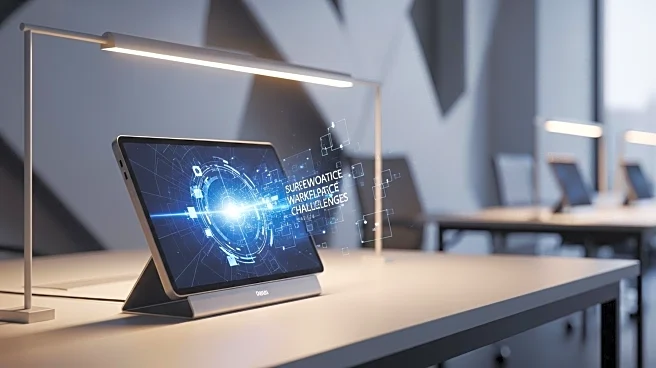What is the story about?
What's Happening?
Modern industrial interfaces, specifically high-performance human-machine interfaces (HMIs), are revolutionizing operator efficiency and reducing errors in industrial settings. These interfaces have moved away from cluttered displays to minimalist designs that prioritize relevant information, reducing cognitive strain on operators. By combining real-time data with historical trend analysis, operators can identify patterns and anticipate issues before they escalate, shifting from reactive to proactive decision-making. Following ISA-101 standards, these HMIs deliver intuitive interfaces with effective alarm management and customization capabilities, improving response speeds and lowering operational costs.
Why It's Important?
The evolution of industrial interfaces is crucial for enhancing operational efficiency and reducing costly errors. By prioritizing relevant information and simplifying navigation, high-performance HMIs improve operator perception and cognitive function, leading to faster and more accurate decision-making. This technological advancement supports the financial health of industries by minimizing downtime and optimizing processes. As industrial automation becomes more complex, the need for intuitive and efficient interfaces grows, highlighting the importance of adopting advanced HMI technology.
What's Next?
Industries are expected to continue integrating high-performance HMIs to enhance operational efficiency and reduce errors. As these interfaces become more prevalent, operators will be better equipped to manage complex systems and anticipate issues before they escalate. The ongoing development of HMI technology will likely lead to more intuitive and adaptive interfaces, supporting the growing complexity of industrial automation. As industries embrace these advancements, they set a precedent for other sectors to follow, demonstrating the value of integrating advanced technology into operational processes.
Beyond the Headlines
The shift towards high-performance HMIs highlights the growing importance of user-friendly technology in industrial settings. This transition not only improves operational efficiency but also supports safety and reliability by reducing cognitive strain on operators. As industries adopt these technologies, they set a precedent for other sectors to follow, demonstrating the value of integrating intuitive interfaces into operational processes. The long-term impact of this shift could lead to more resilient and adaptive systems, capable of meeting the challenges posed by evolving industrial demands.
AI Generated Content
Do you find this article useful?
